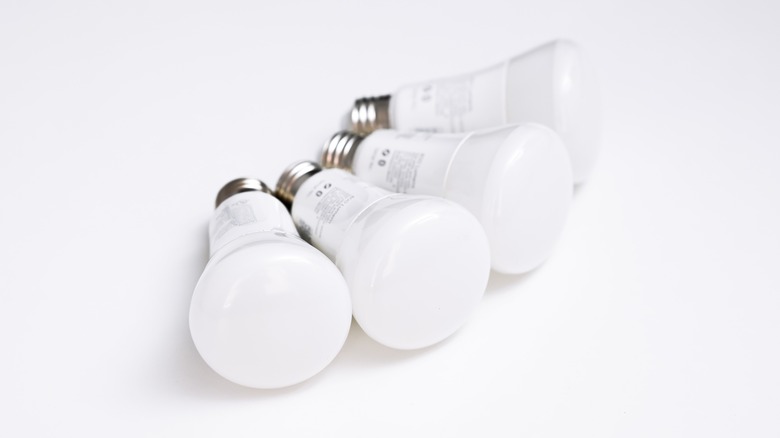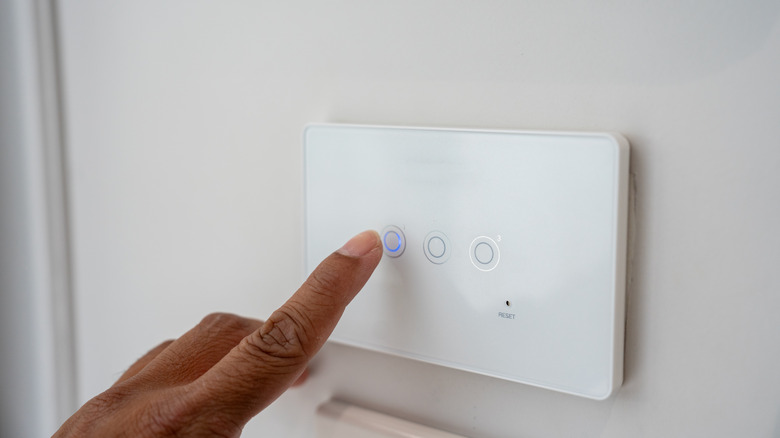Can You Use Smart Switches With Smart Bulbs?
We may receive a commission on purchases made from links.
Taking the plunge and upgrading your home with smart technology can seem overwhelming at first. There's a lot to sort through for the uninitiated, including which devices to buy, how they work together, and how to control everything. Smart lighting is one of the first upgrades many consider because it can have an immediate impact on how a home feels and functions. If you've ever looked into smart lighting, you've probably come across two products: smart bulbs and smart switches, and may have wondered which one would work best for your setup or even if you could use them together. The short answer is yes, they can work together. The long answer is a bit more complicated.
Before we get into how to combine them, it helps to understand what smart switches and smart bulbs actually do. A smart bulb is a light bulb that connects directly to your Wi-Fi or smart home setup and makes it possible for you to do things like turn the light on or off, adjust brightness, change colors, or set schedules through an app or voice assistant. On the other hand, a smart switch is a replacement for your regular wall switch that controls the power to the light fixture itself, so you can turn your lights on or off remotely or set schedules, even with standard light bulbs. For many, the decision on whether to go with one or the other comes down to the cost-effectiveness of smart bulbs versus smart switches, while others are interested in using them both to take advantage of both technologies.
How to use smart switches and smart bulbs together
Becoming familiar with the rankings of the major smart lighting brands is something worth doing before deciding which products you want to use in your smart lighting setup. Keep in mind that you can use smart switches and smart bulbs independently of each other. However, if you decide you'd like to use them together, there are a few things you can do to help everything work as smoothly as possible. The first thing you should do is confirm that the smart bulb and smart switch you want to use together are compatible. If they're not compatible, the smart bulb may not respond correctly to the switch.
Once you've determined compatibility, make sure the smart bulb always has power. Unlike regular bulbs, a smart bulb needs a constant flow of electricity to stay connected to your app or voice assistant. If a smart switch cuts power to the bulb, even accidentally, the smart bulb will stop working until the power returns. Smart switches like the Inovelli 2-1 Smart Switch, which retails for $65 on Amazon, have a smart bulb mode or decoupled mode that separates the physical switch from the power relay so it stays powered even when the switch is turned off. With these types of switches, you can trigger scenes (like changing bulb color or brightness) without interrupting power to the bulb.
Another thing you'll want to do is make sure you choose smart switches that share the same communication standard, whether that's Zigbee, Z‑Wave, or Matter, and pair them within a compatible platform like Home Assistant that works without an internet connection. You should also avoid using a dimmable smart switch with a dimmable bulb unless the manufacturer says they work together, because it could damage the bulb or circuit.

